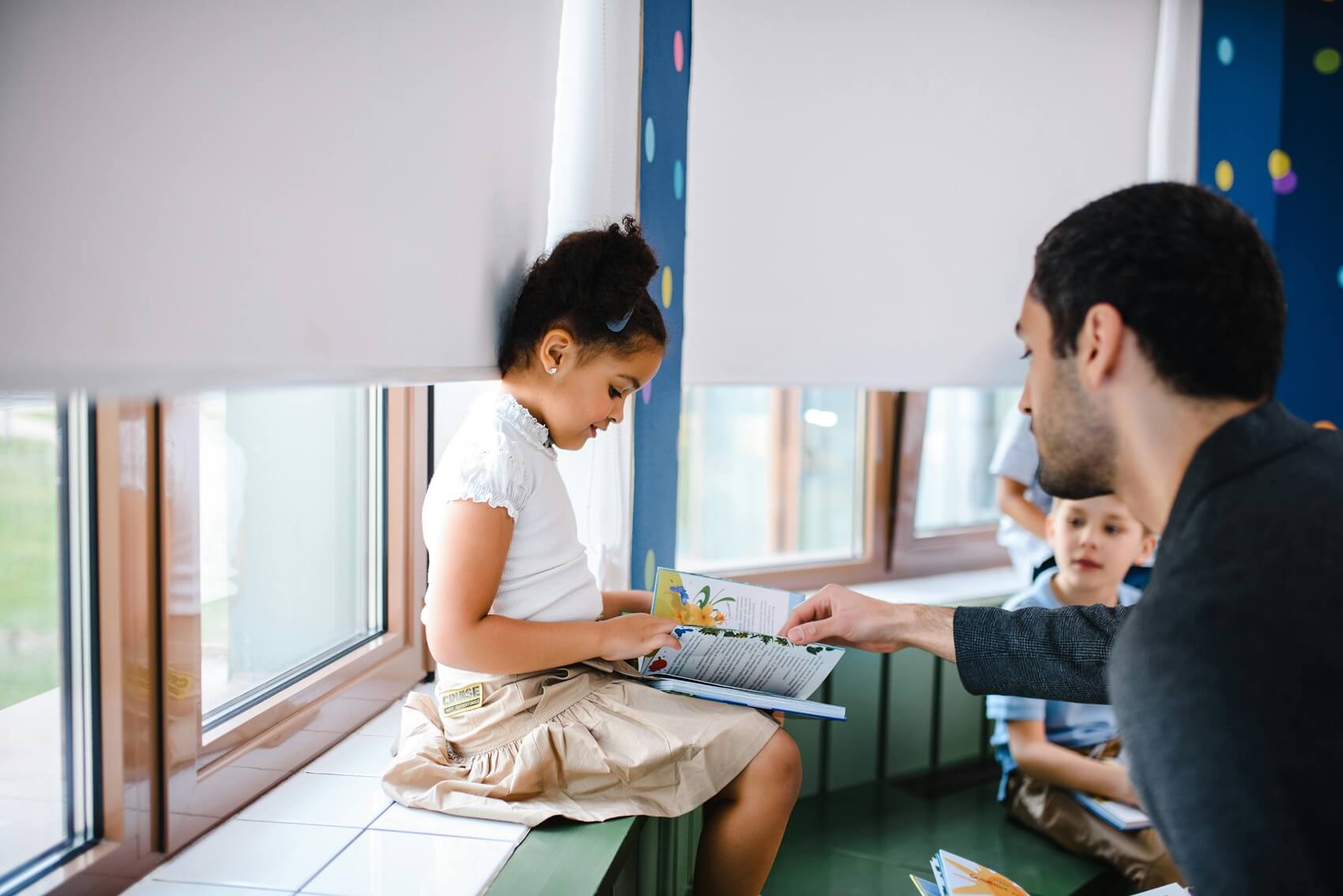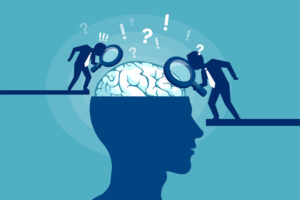
Speech Therapy for Childhood Aphasia
- Posted by Pediatric Therapeutic Services
- Categories Blog
- Date July 11, 2025
At Pediatric Therapeutic Services (PTS), we partner with schools to deliver comprehensive, cost-effective related services that help students overcome barriers to learning. From speech-language therapy to behavioral and mental health support, our goal is to equip educational teams with the tools, data, and clinical expertise they need to meet every student where they are.
One of the lesser-known challenges our clinicians help address is childhood aphasia—a rare but impactful language disorder that can emerge after brain injury in children. Unlike developmental delays, aphasia results in the loss of language skills, and it requires specialized, individualized therapy to rebuild communication abilities.
What is Childhood Aphasia?
Aphasia is often associated with adults who’ve experienced strokes or traumatic brain injuries, but it can also occur in children. In these cases, it’s known as childhood aphasia or acquired pediatric aphasia.
Unlike developmental language disorders, which involve delays in acquiring language, childhood aphasia usually results from a sudden event—such as an infection, stroke, or head trauma—and causes children to lose language skills they had already begun to master. In the classroom, this can impact the child’s ability to communicate, process information, and participate.
Children with childhood aphasia may have challenges with:
- Speaking clearly or fluently
- Understanding spoken directions
- Recalling words or names (anomia)
- Reading comprehension and written expression
- Organizing their thoughts verbally or in writing
Because these symptoms overlap with other communication disorders, early identification and accurate diagnosis are essential for implementing the right interventions.
Is There a Connection Between Aphasia and Autism?
Because both aphasia and autism can present with delayed or disrupted speech, the two are sometimes confused—but they are very different conditions. Aphasia stems from neurological damage that affects language processing. Autism spectrum disorder (ASD), on the other hand, is a neurodevelopmental condition that affects social interaction, behavior, and communication more broadly.
Here’s why this distinction matters:
A child with pediatric aphasia may have previously had typical language development that suddenly regresses, whereas a child with autism often shows signs of social and communication challenges from an early age.
An accurate diagnosis ensures students receive the right interventions. Speech therapy for aphasia and autism both address communication difficulties but focus on different underlying issues. Children with aphasia benefit from speech therapy that aims to restore or compensate for these lost skills; speech therapy for autism also addresses communication challenges, including difficulties with social communication, language development, and verbal and nonverbal communication.
Children with aphasia benefit from language rehabilitation and speech therapy, while students with autism often need behavioral and social-communication supports tailored to their developmental profile.
The Role of Speech Therapy in Pediatric Aphasia
Speech-language therapy is one of the most effective forms of treatment for children with aphasia. School-based speech-language pathologists (SLPs) are trained to provide daily, integrated support that helps rebuild language function and promote academic progress.
- Depending on the student’s specific needs, speech therapy for aphasia may include:
- Auditory comprehension exercises to rebuild understanding
- Expressive language tasks that promote vocabulary recall and sentence structure
- Augmentative and alternative communication (AAC) tools for students with severe impairments
- Literacy support to strengthen reading and writing for classroom participation
SLPs work closely with teachers, parents, and special education teams to ensure each student’s IEP includes customized language goals, accommodations, and strategies to support communication throughout the school day and at home.
Childhood Aphasia Treatment in Schools
Supporting a student with aphasia requires team-based collaboration, ongoing assessment, and a focus on reintegration into the classroom environment. Schools can promote student recovery by embedding services into a tiered support framework that adapts over time.
Effective childhood aphasia treatment in schools includes:
- Integrating services into the student’s IEP (Individualized Education Program)
- Coordinating with teachers to support language-rich environments
- Using data systems to track progress and outcomes
- Involving families and outside providers to ensure consistent support across settings
The ultimate goal is to give students the tools to communicate confidently, engage in learning, and rebuild self-esteem as they recover.
Partner With Experts in Speech Therapy to Support Childhood Aphasia
At Pediatric Therapeutic Services (PTS), we know that no two cases of aphasia are alike. Our experienced speech-language pathologists use evidence-based interventions tailored to each student’s goals, and we help schools implement cost-effective, compliant service models that keep students progressing in the least restrictive environment.
If your team is supporting a student with childhood aphasia, contact us to learn more about partnering. We’re here to help you make a measurable impact while building systems that promote recovery, equity, and long-term student success.
You may also like

Teacher Appreciation Week 2025


